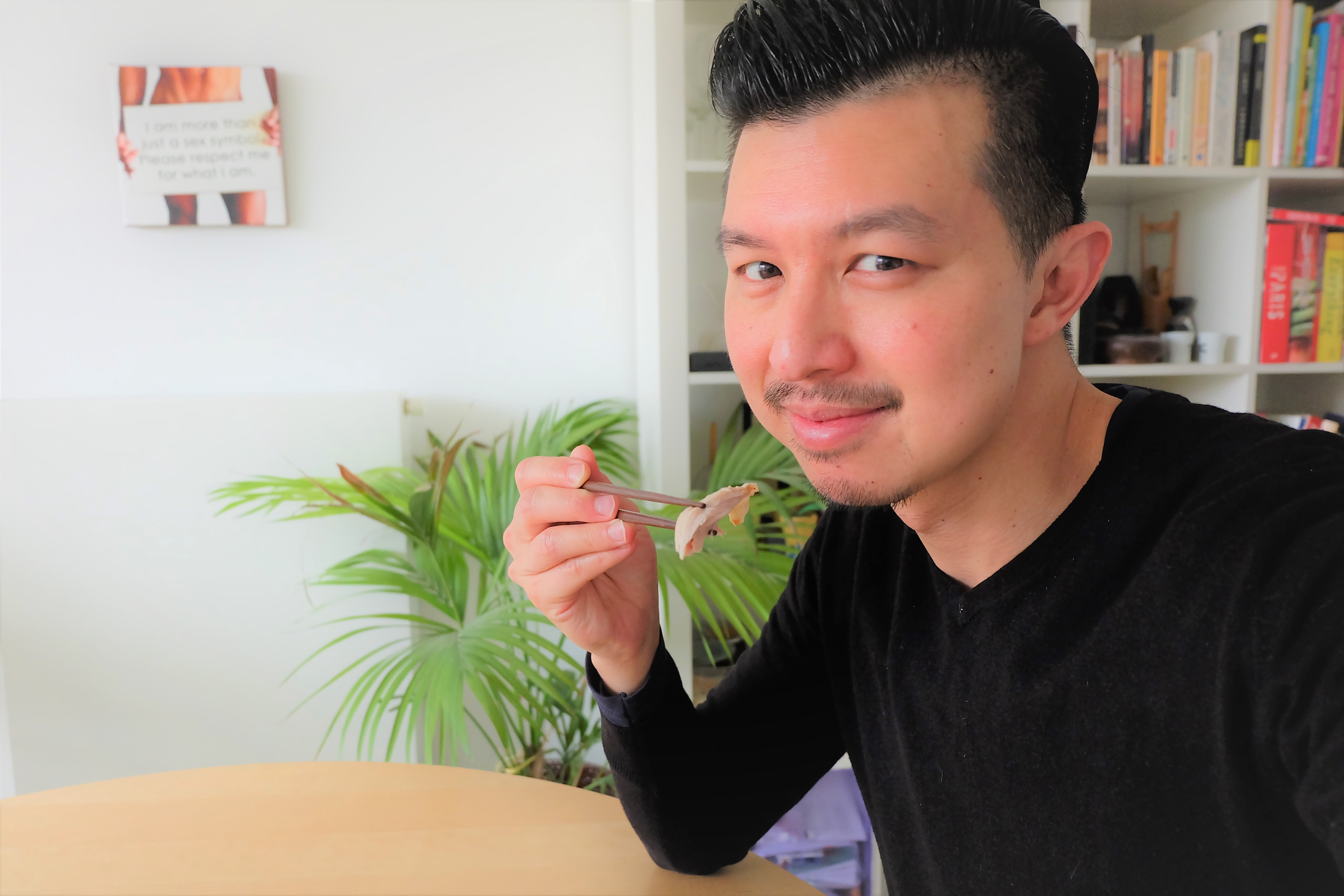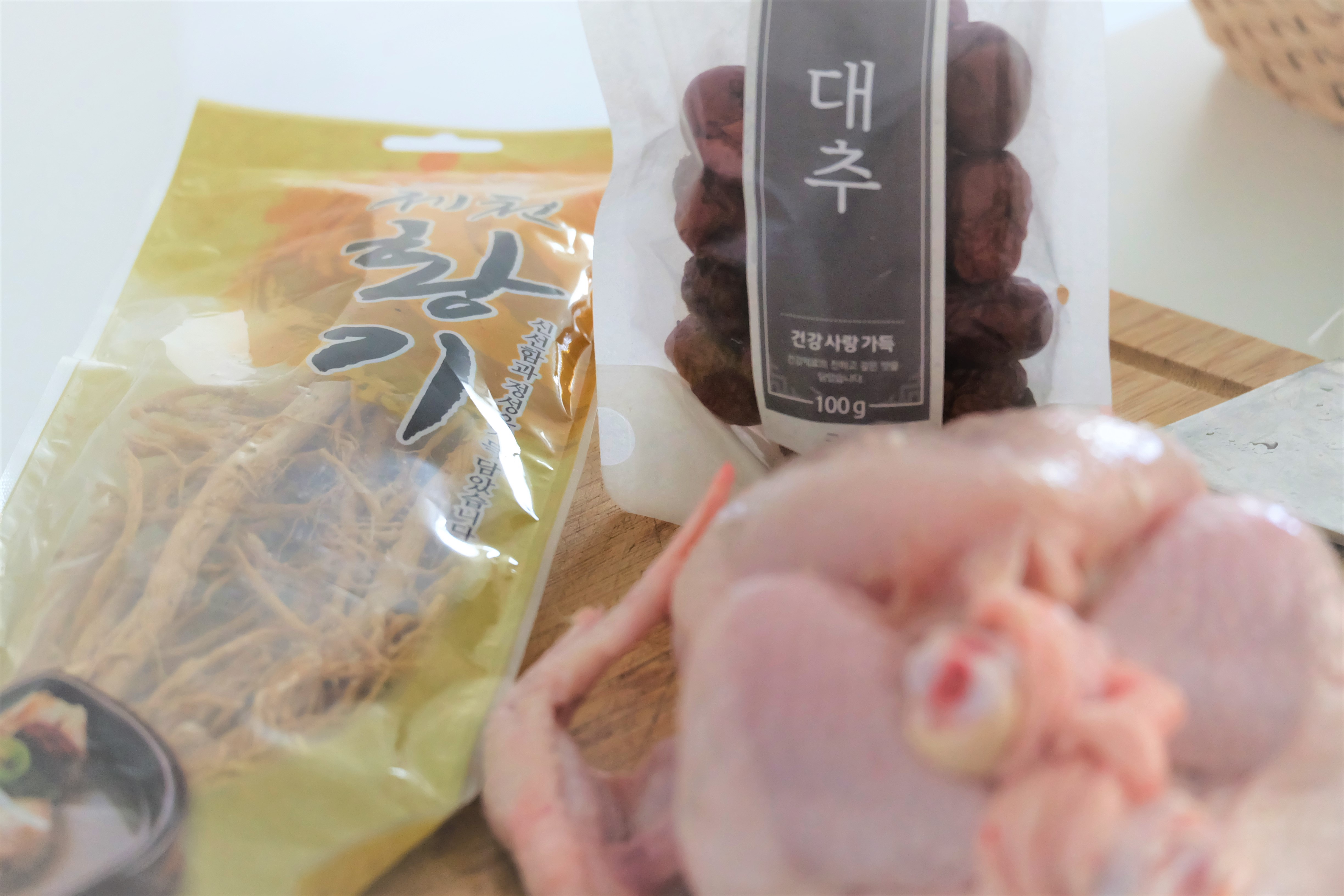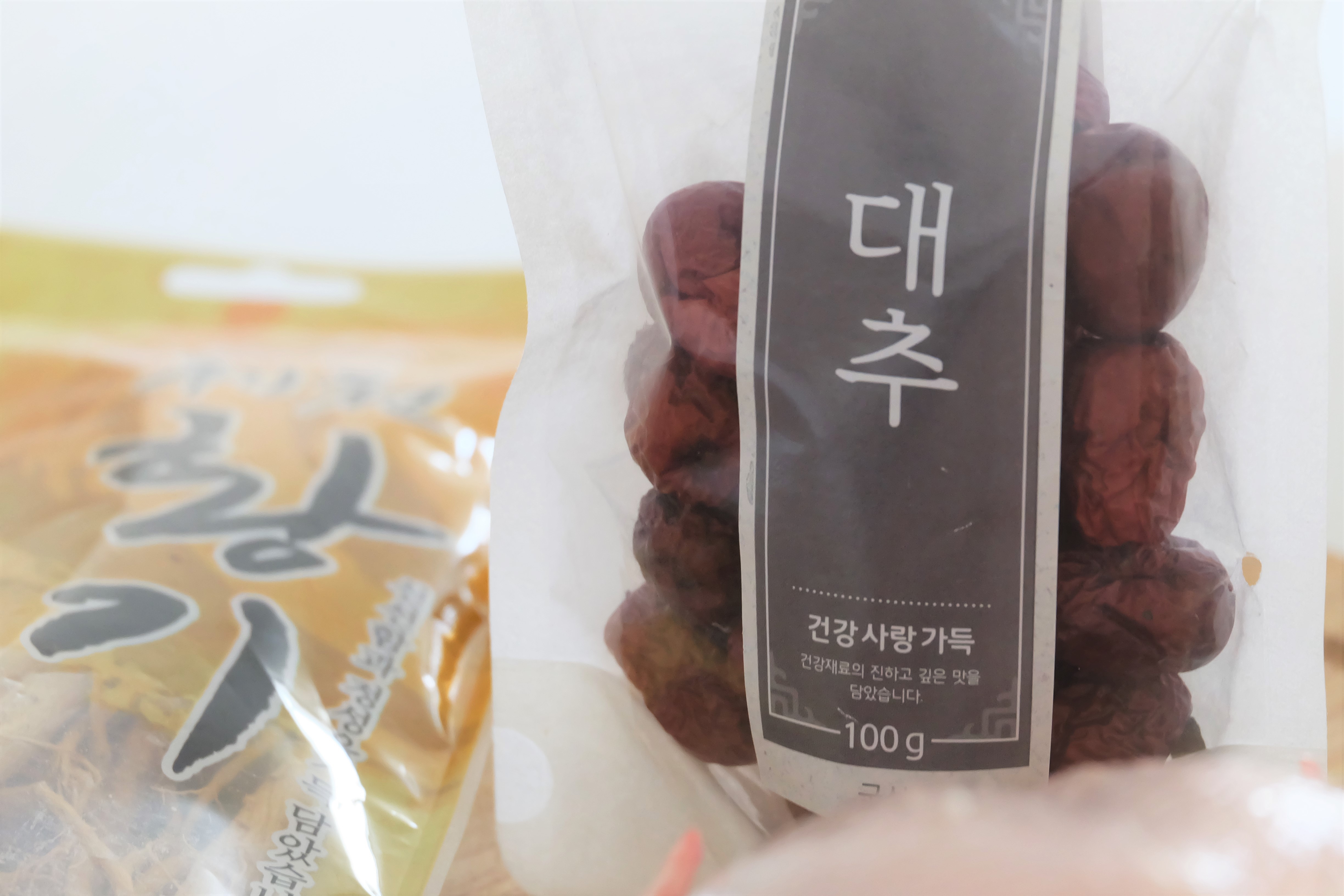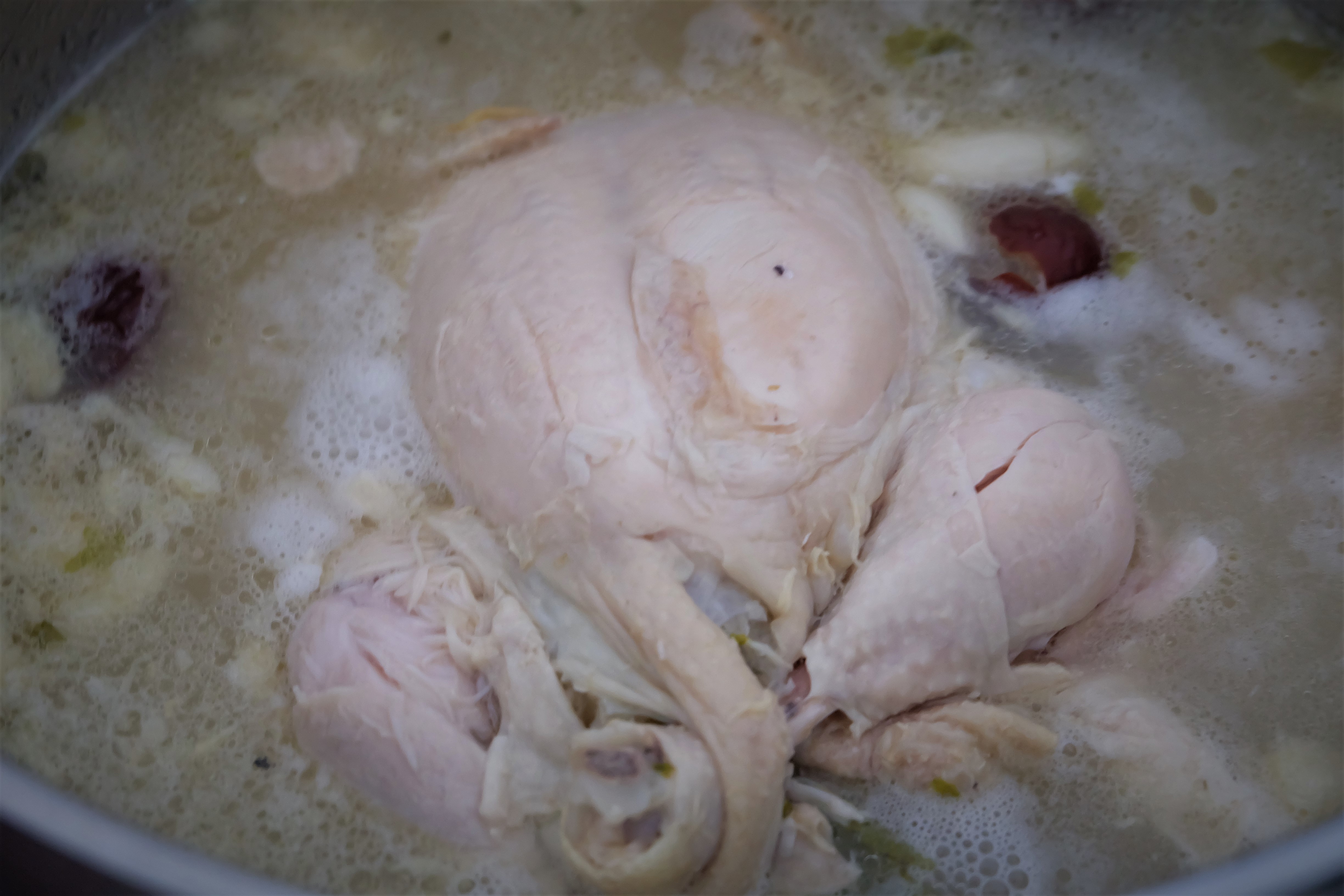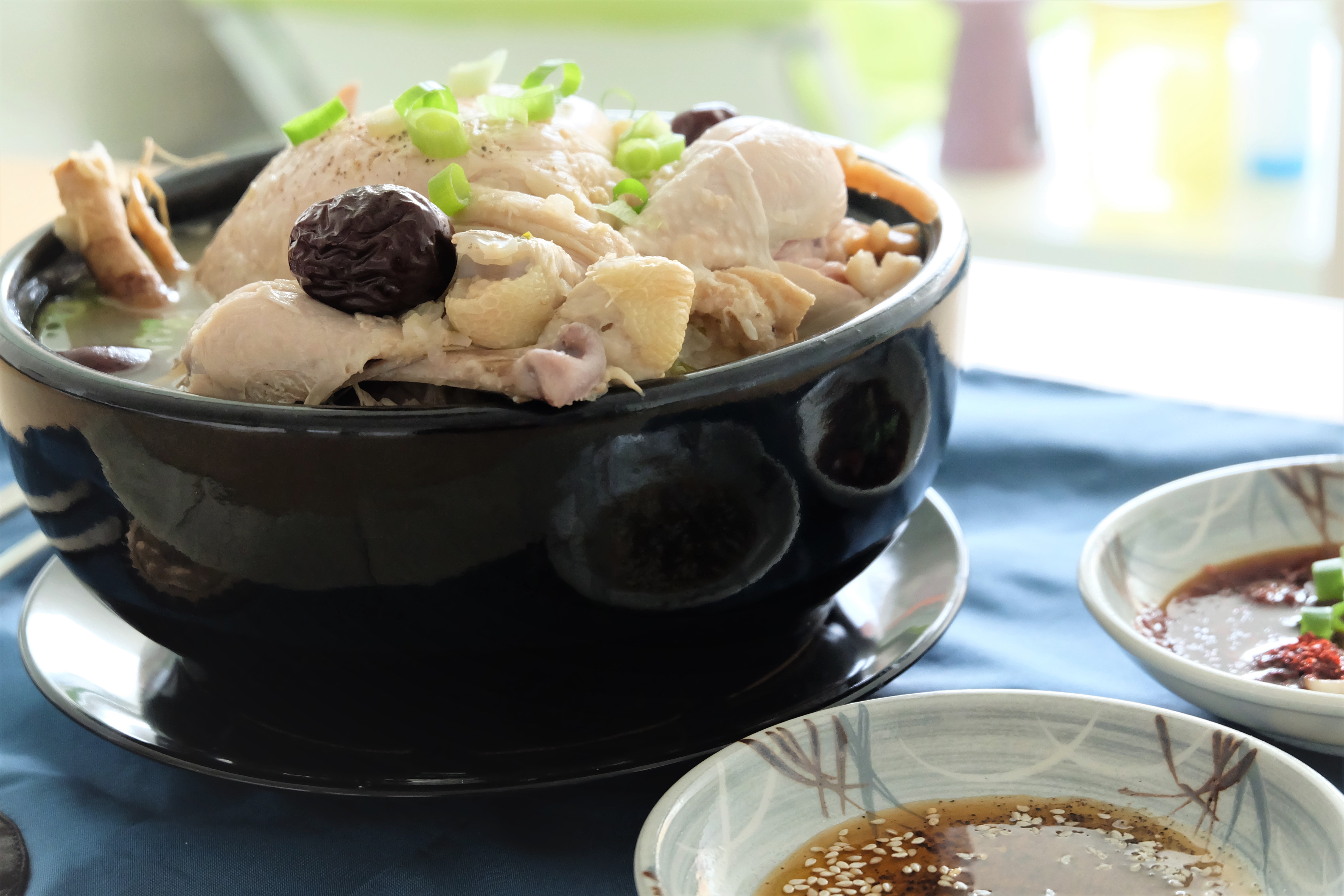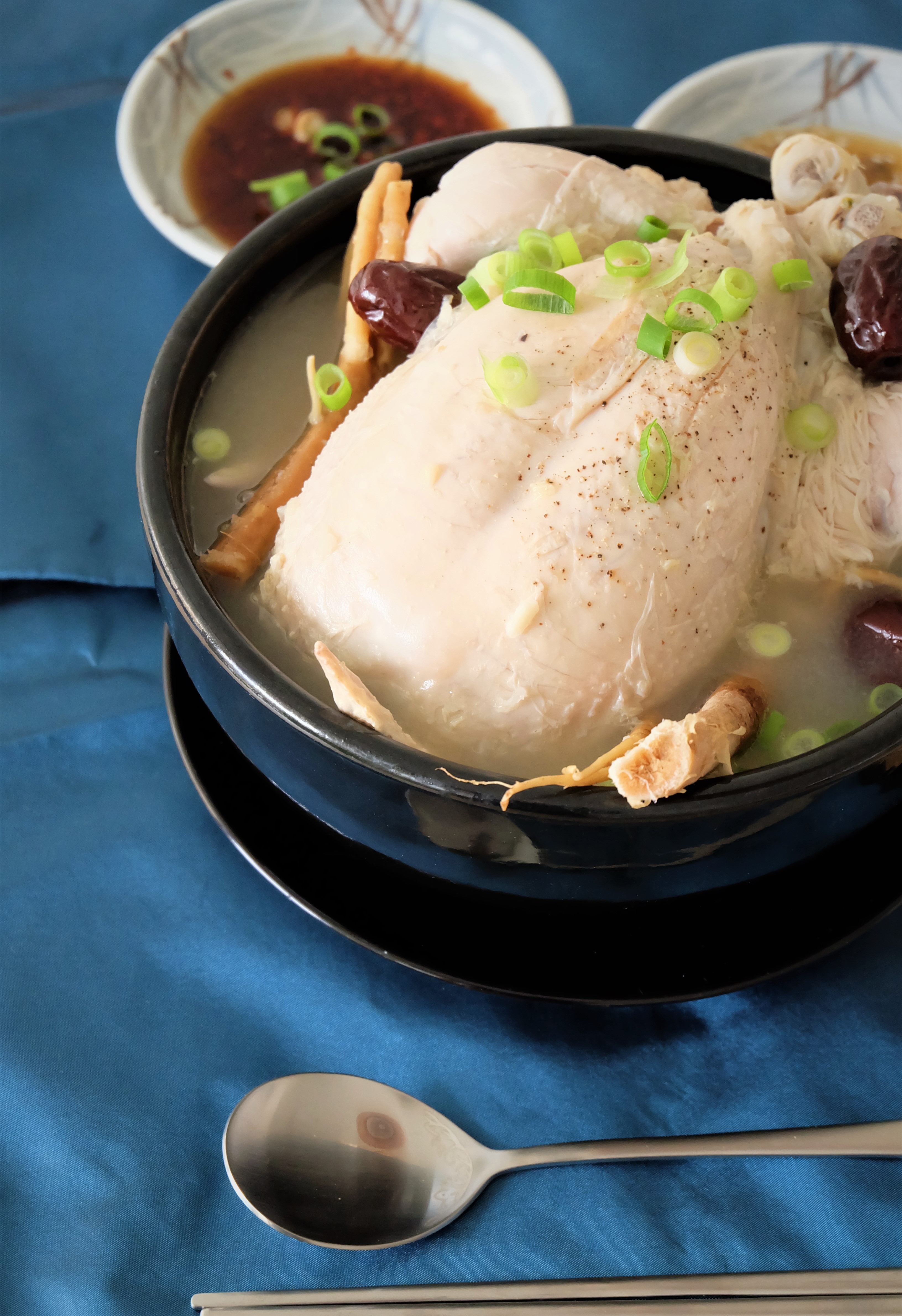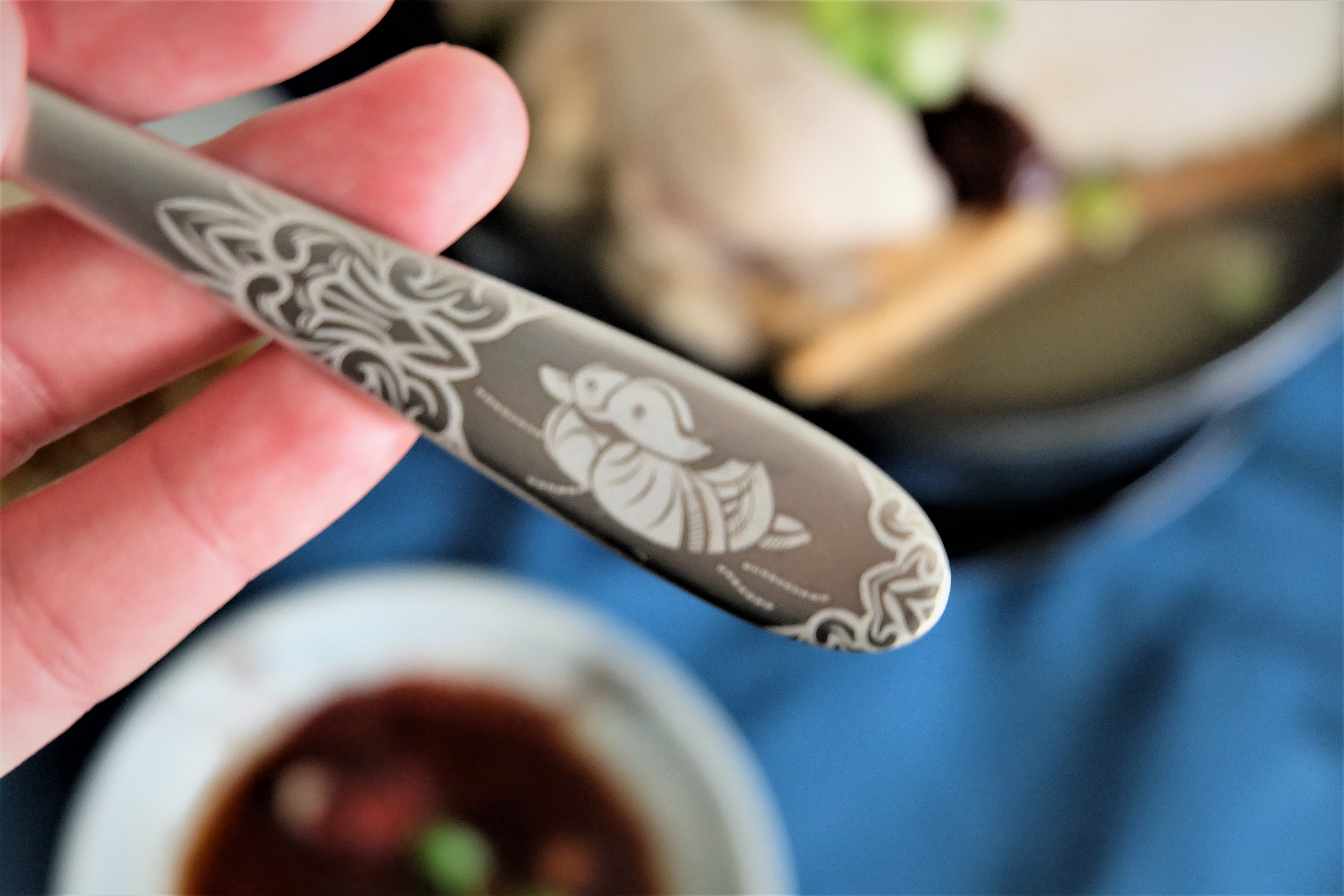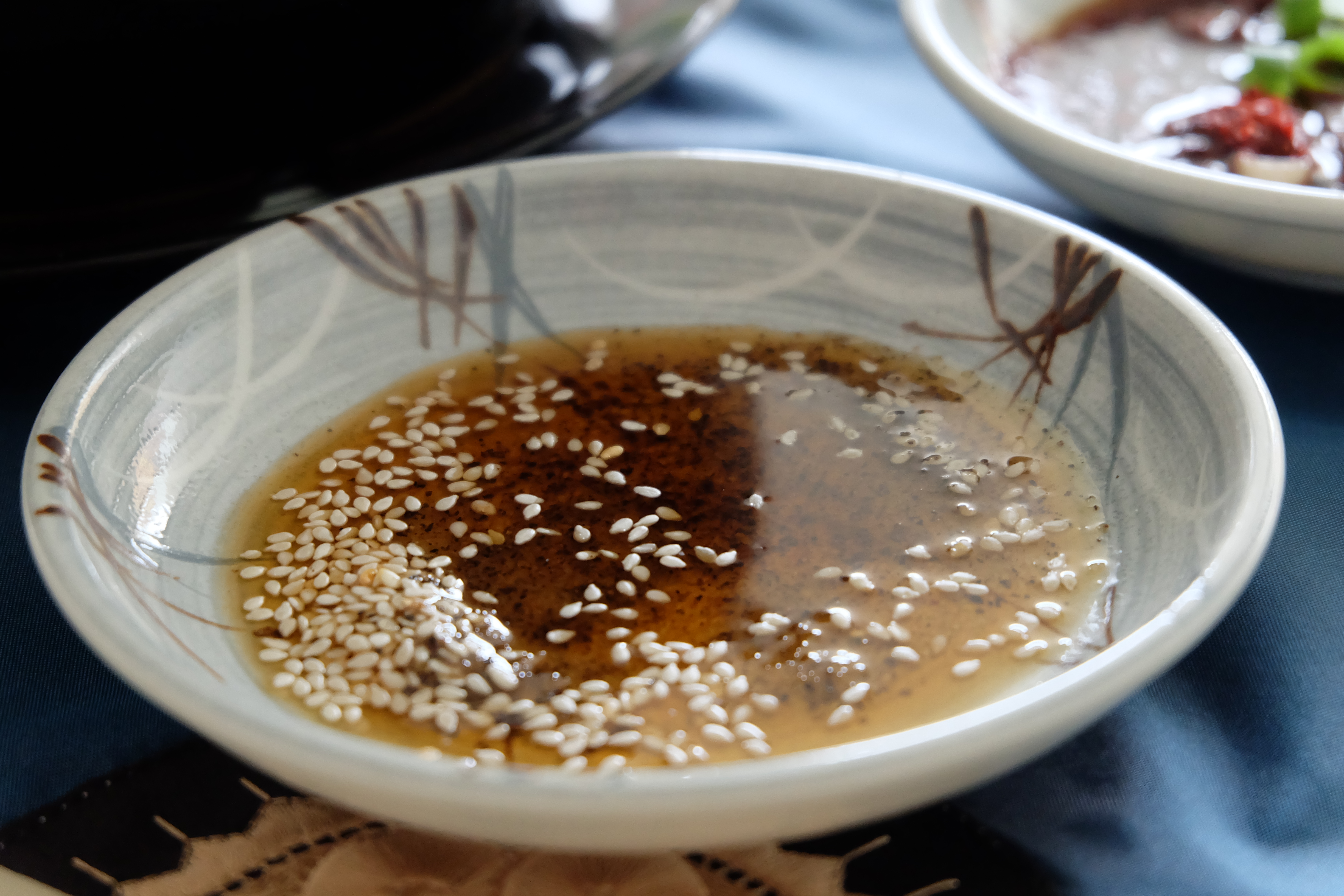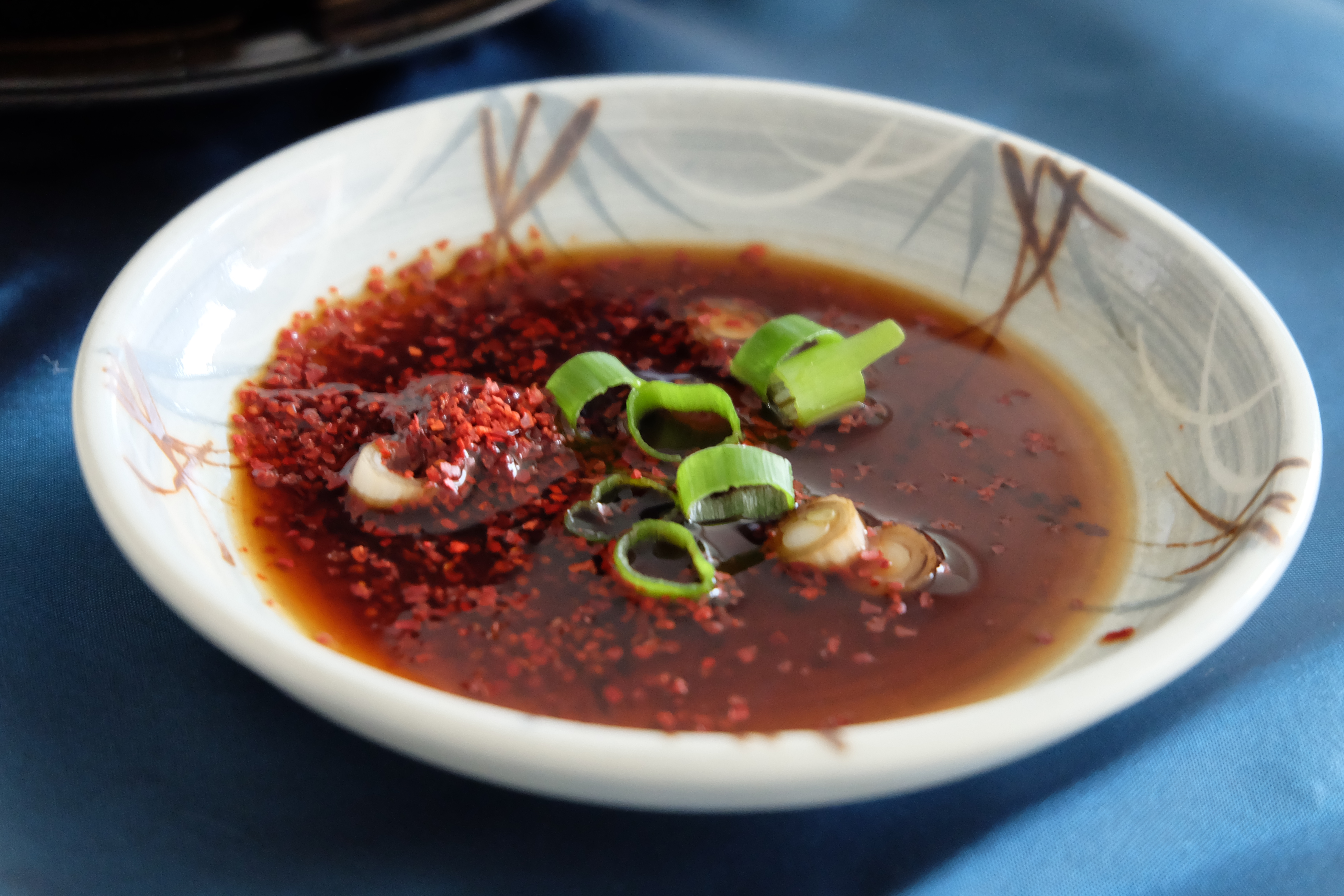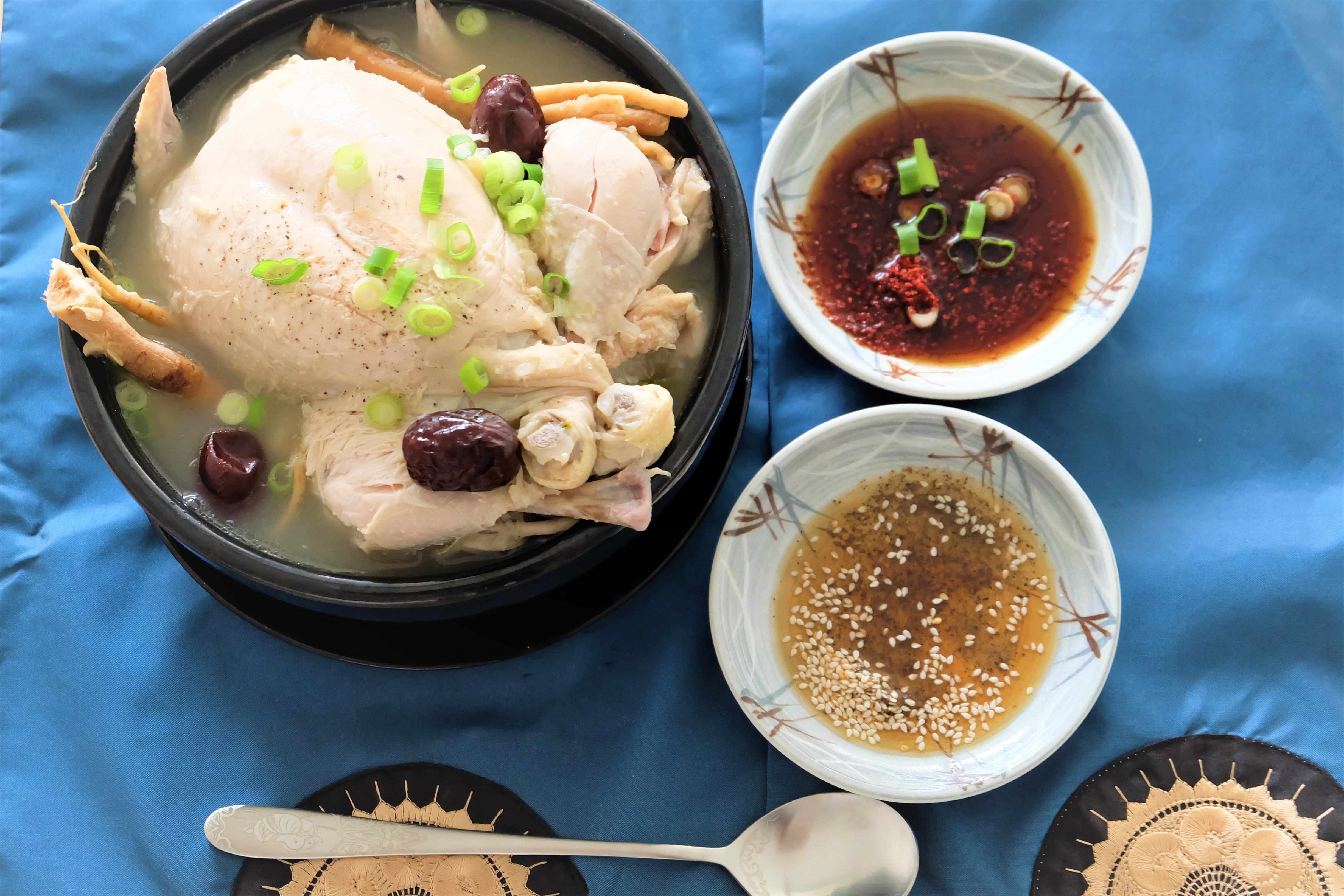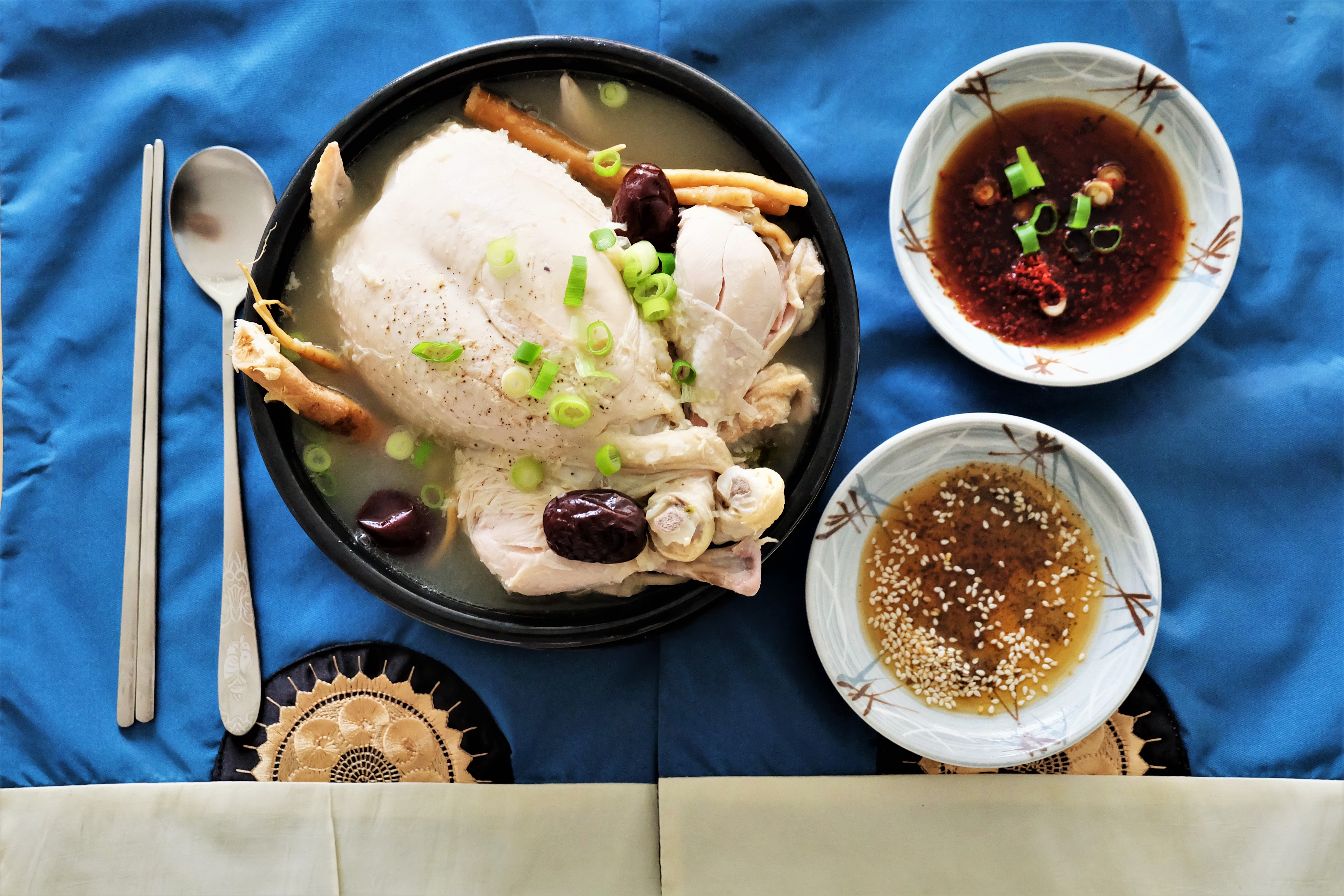
Samgyetang (삼계탕 蔘鷄湯) must be one of the best known Korean recipes around the world, after Korean table barbecue. Samgyetang is a very ancient dish, together with the consumption of ginseng as a miracle herb for energy and longevity. But little is known why Koreans eat such a piping hot dish in the middle of the hot summer, not once but (at least) three times every year! Samgyetang (삼계탕 蔘鷄湯) must be one of the best known Korean recipes around the world, after Korean table barbecue. Samgyetang is a very ancient dish, together with the consumption of ginseng as a miracle herb for energy and longevity. But little is known why Koreans eat such a piping hot dish in the middle of the hot summer, not once but (at least) three times every year!
When do Koreans eat Samgyetang?
Traditionally, Koreans eat Samgyetang on three special occasions: Chobok (초복 初伏), Jungbok (중복 中伏), and Malbok (말복 末伏). Together, these three days are called Sambok (삼복 三伏), literally the “Three Submissions” or “Three Prostrations.”
Chobok falls on the 28th of the fifth lunar month (mostly late July in the Gregorian calendar), and it marks the beginning of the forty hottest days of summer. Ten days later is Jungbok, which spans over twenty days. Then begins Malbok, the last of the “Submissions”, which lasts for another ten days.
The Koreans share the same calendar and medicinal cuisine tradition with the Chinese. In Sino-Korean medicinal philosophy, there is an idea of “fighting fire with fire” (이열 치열, 以熱 治熱). This is the reason why Koreans eat Samgyetang throughout the hottest summer period in the northern hemisphere.
But how does Samgyetang fight the summer heat exactly?
Once again, one has to understand the idea of heat in Sino-Korean medicinal philosophy. Heat represents Energy, and specifically Fire in your internal organs. Too much Heat will get one sick, and so does too little Heat. The symptoms of the former are nosebleed, restlessness, mouth ulcers, general sweating, fever, the latter is manifested by a lack of energy, perpetual fatigue, inability to concentrate.
The ingredients of Samgyetang are all designed to create Heat. Ginseng, dates, Milk Vetch root and ginkgo nuts are all heat-inducing ingredients, and so does chicken. Because the summer heat tends to tire one out easily, Samgyetang’s properties help one fight the fatigue and loss of energy.
On top of that, the piping hot soup induces even more sweating, and it helps the body to get rid of the toxins stored in winter and brings the body temperature more in line with the external temperature, thus helping the body to ‘feel cool’. For the same reason, it is extremely detrimental to your body to consume ice and icy drinks in summer, as that would shock and damage your digestive system.
What makes the best Samgyetang?
The most popular Samgyetang restaurant in Korea is Tosokchon Samgyetang (토속촌 삼계탕) in Seoul, which happens to the first Samgyetang restaurant in the country.
However, the best Samgyetang is made at home. First of all, only ginseng cultivated in Geumsan County 금산군 錦山郡 that are above four years of age are best for Samgyetang. If you have money to splurge, wild ginseng are worth hundreds of dollars in price have the best medicinal effects and most amazing aroma. Secondly, only young free-range hens grown in farms and no more than 49 days old should be used. Older hens and cocks are too tough while younger chickens are too small. Free-range chickens tend to have thicker skin than battery chickens and can thus withstand the hour-long boiling without disintegrating.
*Note: The recipe below is an amalgamation of what I have learnt in Seoul from the OME Cooking Lab, the world-famous Maangchi, and my favourite Samgyetang restaurant in Seoul (Hwanghu Samgyetang 황후삼계탕). The ingredients except the chicken and greens were bought in Seoul.
Ingredients:
- 1 medium-sized farm-raised hen 1kg
- 2 dried or fresh Korean ginseng (인삼 高丽参)
- 3 jujube dates (대추 红枣)
- 3 ginkgo nuts 은행 (optional)
- 3 slices Milk Vetch root (Astragalus Mongholicus, 황기 黃芪) (optional)
- 175g glutinous rice (soaked in room temperature water for 1 hour)
- 15 cloves garlic
- 2 spring onions, chopped
- Salt and black pepper
- Sesame sauce: Salt, Black pepper, Sesame oil, Sesame seeds
- Spicy sauce: 2 tsp Korean chilli flakes, 2 tsp soy sauce, 2 tsp (Korean) vinegar (or apple cider vinegar), 1 tsp sugar, 1 tbs water, Spring onion for garnishing
Serving: 1 person
Instructions:
- Clean the chicken inside and out thoroughly with salt and then rinse.
- Strain the glutinous rice.
- If using dried ginseng, crush it first with the back of a cleaver.
- Stuff the chicken with ginseng, jujube dates, ginkgo nuts, Milk Vetch root, glutinous rice.
- On each side of the anus of the chicken cut a tiny hole 2cm and then cross each leg into each hole, left leg into the right hole and vice versa to close up the orifice.
- Place the chicken in a big pot with 2 litres of water. Cover and bring to boil.
- Cook for high heat, half covered for about 40 minutes then lower to medium heat, covered for another 40 minutes.
- Meanwhile make your sauces.
- Spicy sauce: Add chilli flakes, soy sauce, vinegar, sugar and water and mix well and serve in a saucer.
- Sesame sauce: In a dry pan on low heat very quickly grill the sesame seeds. Pour it onto the saucer and add the other ingredients, stir well.
- Once the chicken is ready, add salt and ground black pepper to serve.
- If you follow tradition, serve your chicken and soup in an earthern pot piping hot, garnished with chopped spring onions, together with the two sauces.
Do you like this recipe? If so, please leave me a comment! Thank you.
